Tree Planting, Phantom Trees and how Cloudforests are different
Approximately 1.9 billion trees are planted each year according to statistics compiled from different sources including the United Nations Environmental program.
Trees are well known to be carbon-sucking powerhouses. A typical tree can absorb around 21 kilograms of carbon dioxide (CO2) per year, however, this figure is only achieved once the tree is fully grown and it varies massively from tree to tree. However, over a lifetime of 100 years, one tree could absorb around a tonne of CO2.
With all this information, it is unsurprising that the public and private sectors alike are rushing to invest in reforestation efforts around the globe. Increasing forest cover has become a central tool in capturing carbon and fighting against climate change.
Despite the well-intended enthusiasm, it’s become clear that many of these initiatives aren’t quite as effective or successful as they may seem to outsiders looking in.
One such project, which was recently reported on by the BBC was the Philippines’ ambitious National Greening Programme, which was an attempt to grow 1.5 million hectares of forest and mangroves between 2011 and 2019. A recent report found that out of this 1.5 million, 88% had failed in the first five years. This is due to the type of mangrove planted. It was supposedly suited more to muddy creeks rather than the sandy coastal area it found itself in. Why would they plant this type of mangrove in an area in which it is not suited? One reason which has been suggested is that it is more readily available.
This is a damning representation of what reforestation looks like when it goes wrong when convenience and budget come before science and nature. This is also indicative of the wider issue of Forests being used as greenwashing tools in the ever-increasing push towards Corporate Social Responsibility (CSR) & Environmental, Social, and Corporate Governance (ESG).
"These plantations are mostly photo-ops, they look great, and the numbers sound stupendous"
Ashwini Chhatre, associate professor at the Indian School of Business
The wider issue of greenwashing is becoming more and more prevalent, with recent research suggesting that 40% of green claims made online could be misleading consumers. However, if we simply focus on tree planting, it’s becoming increasingly common for companies to use tree planting and reforestation to offset their emissions in the pursuit to become ‘net-zero’. Net-Zero simply refers to achieving a balance between the amount of greenhouse gas emissions produced and the amount removed from the atmosphere. One example of this is Microsoft recently announcing it was investing in several projects that would collectively take 1.43 million tons of carbon dioxide from the atmosphere, including 265,000 tons of CO2 that Microsoft had paid Green Diamond to remove by increasing the growth of trees—many of which had just gone up in smoke in the Bootleg fire last year, sending their carbon back into the atmosphere. This is a perfect example of a partial phantom forest.
Phantom forests are forests which have either failed to come to fruition either because they have died or they have been lost through deforestation. The Philippine's National Greening Programme, which we spoke about earlier, is a prime example of a phantom forest, which was doomed to fail from the beginning.
As you can see, although reforestation, with the aim of carbon sequestration, is a commendable pursuit, if it’s not done right, it can do far more harm than good.
Trees that are left to die in these Phantom Forests release greenhouse gases into the atmosphere, which kills more trees through the effects of climate change. In essence; Climate Change is killing forests which have been planted to fight the very thing that it was created to reverse. Then, these phantom forests exacerbate Climate Change and the cycle continues. Bill Anderegg, a forest ecologist at the University of Utah who has studied this issue extensively, recently spoke to Nat Geo about the problem:
“Climate change already poses substantial risks to forest carbon, and those risks will go up dramatically in the 21st century…Forest offset protocols have not rigorously or thoroughly grappled with those risks”Bill Anderegg
When they are done right, tree planting initiatives can have fantastic results. However, when they are not done right, they create these carbon creating phantom forests that can leave the planet in a much worse position than it already was. That is why, here at Cloudforests, we are different. We don’t just plant trees and leave them to their own devices. We do more!
We regularly check up on our trees to ensure they are growing well and have an incredible forestry partner in the Forestry Company, who ensure all of our trees are suitable for planting in our forests, and thus giving them their best chance of survival. We also offer all of our partners the chance to visit their forest, which they plant themselves on our community planting day, to provide full transparency. We only plant trees which grow well in the Irish climate. We plant native Irish Trees such as Alder, Birch, Oak, Rowan, Scots Pine, and so on. Alongside these native trees, we also plant some Sitka Spruce because of its suitability for the Irish Climate and its ability to grow quickly and sequester carbon.
We also ensure biodiversity, both in our tree planting and in our conservation efforts. Recently, we welcomed our first Native Irish Honey Bee Hive at Cloudforest One. This is just one example of our commitment to not only plant trees, but to develop enhanced habitats for the planet. The greater the range of these trees, fungi, microbes and animals (the more biodiverse an area is) the healthier an area's ecosystem is considered to be, and thus our chances of creating REAL Forests and not phantom forests, are greatly increased.
If you’d like to learn more about our forests or our trees, you can follow the links below:


